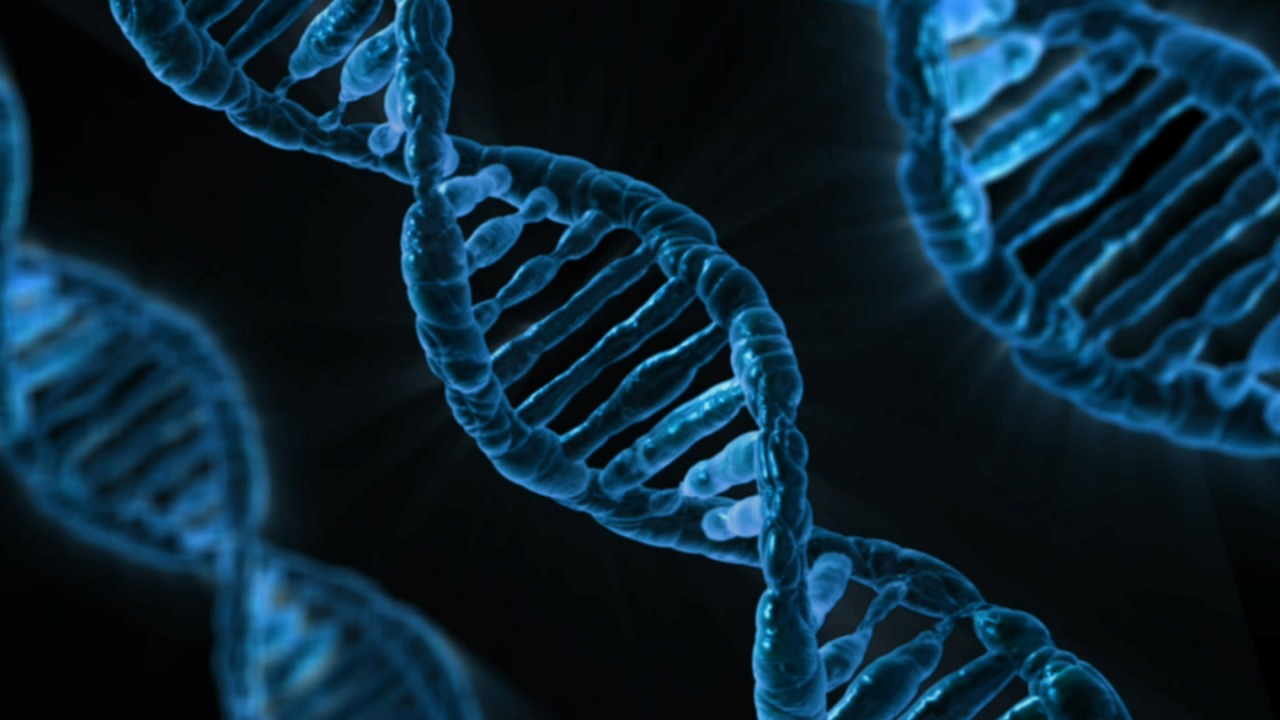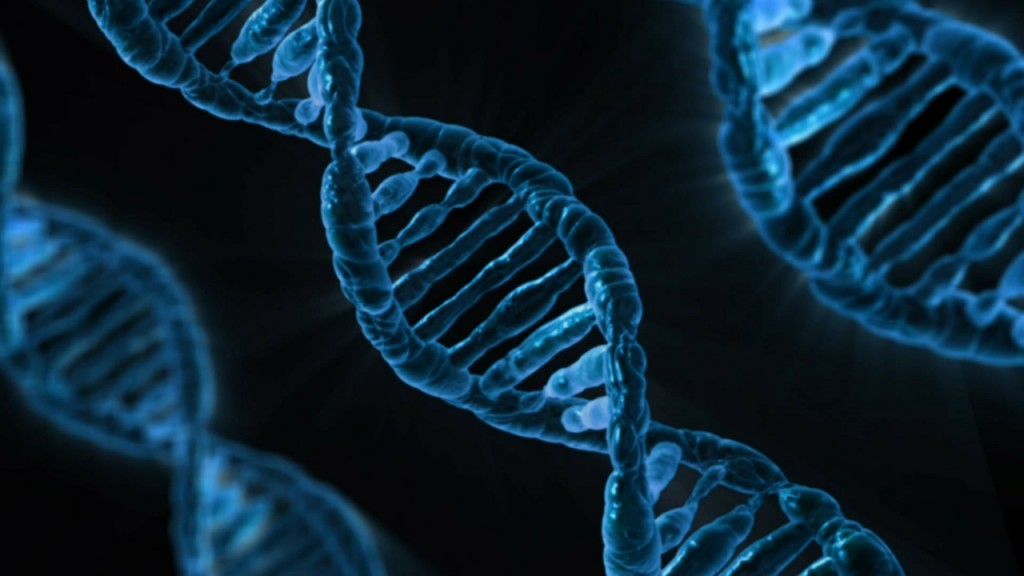This article is written by Anushka, a second year BBA LLB student from Delhi Metropolitan Education,IP University
“DNA is like a computer program but far, far more advanced than any software ever created.” (Bill Gates)
How is DNA profiling done?
Deoxyribonucleic acid (DNA) is present in all living organisms and contains genetic information. It is the main constituent of chromosomes and owing to this, every person has a different identity; every single person is different from each other because of the DNA present in their blood. DNA not only creates a person’s identity but is also a great tool for solving cases and convicting criminals for their wrong doings. The STR (short tandem repeat) technique can make a DNA profile using saliva on a glass etc. The following steps show how it works:
Collecting the sample: Scientists extract the DNA from the forensic samples like saliva, hair blood or semen.
Multiplying DNA segments: Scientists then make more replicas of the DNA sample collected from the tiny one. It is done using a special enzyme that binds to the DNA.
Fragmentation: During the process, makers add 13 areas of STRs which are later analyzed. Then a machine called electrophoresis cuts DNA into fragments at specific base points.
Genetic code: DNA is a double helix structure in which the backbone is made of sugar and phosphate and information is stored as a code made up of four chemical bases: adenine (A), guanine (G), cytosine (C) and thymine (T). The genetic code is made up of the sequence of the bases on the two strands.[1]
STR markers: Human DNA consist about 3 billion bases, and more than 99% of those DNA are the same in all people. There are certain areas in DNA with short repeat units called STRs. The number of STRs are different in different people, and these are the areas that are analyzed to match DNA profiles.
Match: Based on the picture produced by a computer, the repetition of patterns is detected and samples are finally matched.
DNA profiling can be a very useful tool, but if it gets misused it can create severe problems.
Features of DNA Profiling Bill
Human DNA Profiling Bill seeks to create a National DNA Data Bank in India which would be administered by a DNA database manager. Every data bank will have six categories under which it will work. These are crime scene index, suspects’ index, offenders’ index, missing persons’ index, decreased persons’ index, volunteers’ index, and such other DNA indices as may be specified by regulations made by the Board.[2] The profiling board has the power to include more categories.
An index of individuals whose relatives have gone missing will be created to help them and these would be distinct from the index of volunteers whose DNA profiles are used for further knowledge of marker allete frequencies in different Indian sub populations. The first index would be of volunteers for the specific purpose of identifying missing individuals and unidentified bodies. The second index would be created for research underlying the effective application of DNA profiling technology and this includes DNA profiling in cases relating to murder, miscarriage (abortion), dowry death, sexual assault and paternity suits. DNA profiles of individuals can be shared with other countries for matters related to terrorism, narcotics, illegal human organ sale etc.
The bill provides for storing the DNA data in national and state banks; however, there exist possibilities of leakage and misuse. It is also possible for the data to be used for non-forensic purposes and this can lead to deciphering information such as medical history, ancestry and family history. The criminal section has a column for “caste” which could lead to profiling of certain population groups and castes. The government has biometric information of all Indians in the UID database. If the government in the future decides to link the UID database with DNA database, the government and its agencies would have access to all the personal information of millions of individuals. The second index that would be created for research underlying effective application of DNA human technology, the samples of citizen that would be collected for this purpose need the consent of the individuals. Without the proper consent it would be a gross violation to privacy and human rights.
Why there is a need for DNA profiling?
DNA profiling has been used widely around the world. More than 60 countries have built a DNA database, which stores the DNA of convicted criminals. It not only helps to deter repeat offenders but also improves the accuracy. In most of the countries, DNA data is collected for criminal investigation, but in India, it is collected for additional purposes such as to identify the missing person or unidentified bodies, to solve civil disputes, identification research etc. Such provision allows the government to force the citizens to provide DNA data. When DNA data is collected, the person will also have to provide their name, caste, gender and address. India does not have a limit on how long the DNA of a person would be kept. In the UK, DNA data of a person is stored only for six years. Kuwait enacted a law that makes it mandatory for its citizens and foreign nationals living in the country to provide DNA profiling. If anyone refuses to furnish the request, he or she would be held liable and may be jailed for a term of up to seven years. This means the Indians living there also have to furnish their DNA that would be kept in the government custody which is excessively harsh and severe. It is therefore a violation of privacy and human rights.
How credible is DNA profiling?
When it comes to reliability, there are circumstances that have proved that DNA data may not be reliable. DNA is mostly present in cell nucleus of the body, but it is also found in the cell mitochondria in case of bones and teeth. If a person has had blood transfusion or bone marrow transplant, they will have someone else’s DNA for some time in their body. There are cases where an individual possess multiple genomes. The DNA data recovered from the crime scene sometimes may not be enough to produce a correct match for algorithms. False incrimination can take place when more than one person’s DNA gets mixed and this may result in mislabeling, contamination and wastage of time. For instance, in the Aarushi Talwar murder case, forensic experts failed to remember which samples were collected at the scene of the crime. Additionally, in 1995, the United Kingdom set up its DNA database which carries all the genetic information of anyone who has been arrested. Millions of innocent people were on the board, including a grandmother who didn’t return the ball to the children who kicked it into her garden.[3] DNA profiling had sowed the seeds for success when the first case in the United Kingdom was solved where two girls were found raped and murdered in Nar borough, Leicestershire in 1983 and 1986 (the same person was responsible for both the murders). Alec Jeffreys, who had developed a technique for creating DNA profiles, helped solve the case using his technique which showed that the prime suspect the police had was innocent. Eventually, the murderer was found and his DNA profile matched with the one at murder scene.
DNA profiling in India
India is a densely populated country and taking DNAs of individuals is a very difficult task. The issue that arises is whether the government will be able to protect the privacy of individuals considering the fact that DNA not only helps in criminal investigation but also tells individual personal details such as their medical and ancestor history. In India, it is necessary to have such a database as it may help in stopping frauds such as the voter ID card fraud, ration card fraud etc. In Uttar Pradesh, the state government makes sampling for DNA fingerprinting mandatory in case of dead bodies. India’s Prime Minister Narendra Modi wants to ensure that the technique be used more widely to convict criminals in the country. This shows the seriousness with which the government of India is considering DNA profiling.
In 2007, a draft of Human DNA Profiling Bill was made public and it was followed by criticism from the opposition, NGOs and activists; consequently, it was not introduced in the parliament. Then, the government asked the Department of Biotechnology and Centre of DNA Fingerprinting and Diagnostics (CDFD) Hyderabad, to update the 2007 Bill. In 2010, the Tamil Nadu state government amended the Identification of Prisoners Act, 1920 thereby facilitating a DNA database for prisoners. In 2012, Uttar Pradesh state government made sampling of DNA profiling of dead bodies mandatory. The new version of the Bill was leaked and was sent to various Ministries for their comments and feedback. CBI also wrote a letter to the government to quickly pass the Bill.
Other criticisms of DNA Profiling Bill
The preamble of the Bill states that, ‘DNA analysis of body substances is a powerful technology that makes it possible to determine whether the source of origin of one body substance is identical to that of another, and further to establish the biological relationship, if any, between two individuals, living or dead with any doubt.’
It may be noted that while some argue that DNA can establish the relationship between two individuals without misleading and also the DNA database will considerably increase the conviction rate, in reality the exact number of accurate convictions result from DNA is unknown, as millions of people will be falsely accused of what they have not done. The Department of Biotechnology’s information for CDFD where it states:
“…The DNA fingerprinting service, given the fact that it has been shown to bring about dramatic increase in the conviction rate, will continue to be in much demand. With the crime burden on the society increasing, more and more requests for DNA fingerprinting are naturally anticipated. For example, starting from just a few cases of DNA fingerprinting per month, CDFD is now handling similar number of cases every day.”[4]
DNA profile is different from DNA sample which can be obtained from bodily substances. A DNA profile is a record made on the basis of DNA samples. Creating and maintaining DNA profiles of offenders and suspects are useful practices since newly obtained DNA samples can be matched with the existing DNA samples. Matching DNA samples is emerging as a vital tool for linking suspects to specific criminal acts.[5] It should be noted that there is a need for quality control. Precautions are required to be taken to ensure preparation of high molecular weight DNA, complete digestion of the samples with appropriate enzymes, and perfect transfer and hybridisation of the blot to obtain distinct bands with appropriate control.[6]
DNA profiling has shown its worth in many cases. For example, there is a case of ‘40 year Nazi Hunt’ in which after 40 years of searching for a Nazi prison doctor who escaped from the Allies after World War 2, the police received a tip that Mengele had drowned and was buried in Brazil. DNA samples were taken from the decomposed remains and blood samples from Mengele’s wife and son were used to confirm his identity. Similarly, in another case, after the attack on the World Trade Centre in New York City on 11 September 2001, DNA profiling techniques were used to identify body parts belonging to more than 2000 people who died in the attacks. DNA profiling has also been used for the identification of victims after the tsunami in 2004 and in the 2013 Uttarakhand floods.
Conclusion
In conclusion, India could benefit from having national and state DNA databases. The current draft of the Bill is a step in the right direction, and an improvement from the 2007 DNA Profiling Bill. The 2012 draft draws upon best practices from US and Canada, but it could also take practices from countries like Scotland. When it comes to privacy, the government should take necessary steps to safeguard the privacy of an individual and protect human rights. This can be done by limiting the scope of the DNA database and collect the samples from a crime scene for serious crimes and not petty offences. The DNA sample of an individual should not be kept for more than six years. For research purposes, DNA samples should be collected with the individuals consent and an individual must be given the right to appeal.
[1] http://www.ghr.nlm.nih.gov.in
[2] 2014SCC online SC 1104
[3] http://www.quora.com/Whats-the-DNA-Profiling-Bill-Why-should-or-shouldnt-it-be-passed
[4]Department of Biotechnology. DNA Fingerprinting & Diagnostics, Hyderabad. Available at: http://dbtindia.nic.in/uniquepage.asp?id_pk=12
[5] Section 53 Code of Criminal Procedure, 1973
[6] Pantangi Balarama Venkata Ganesh v. State of A.P (2009)14SCC(cri)190
 Serato DJ Crack 2025Serato DJ PRO Crack
Serato DJ Crack 2025Serato DJ PRO Crack











 Allow notifications
Allow notifications



